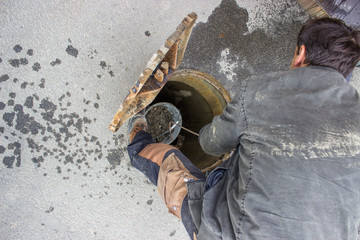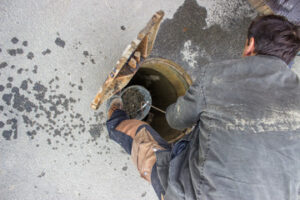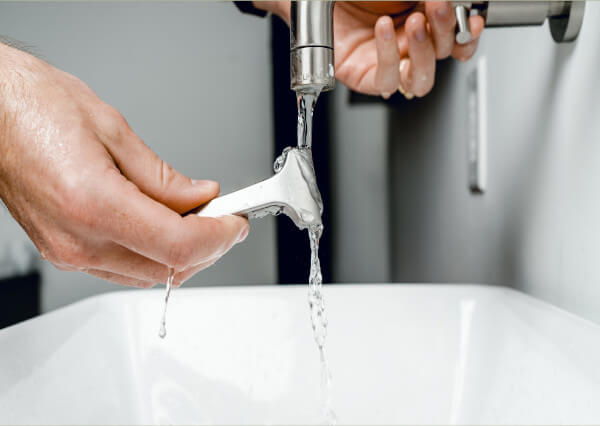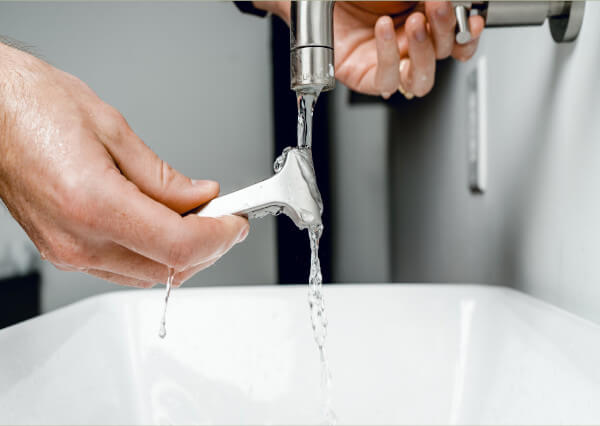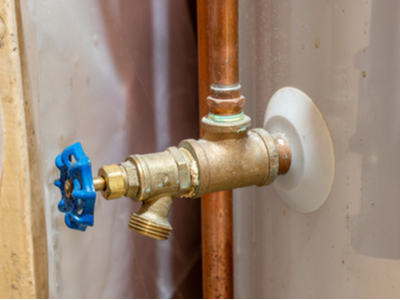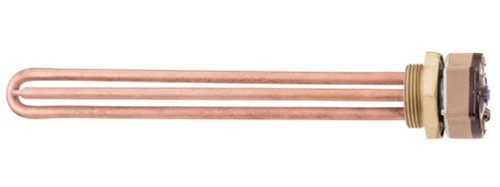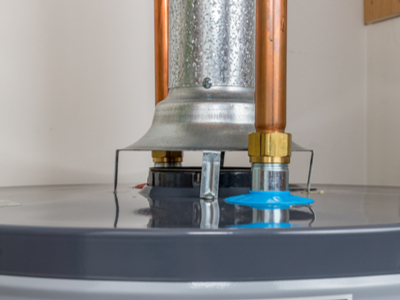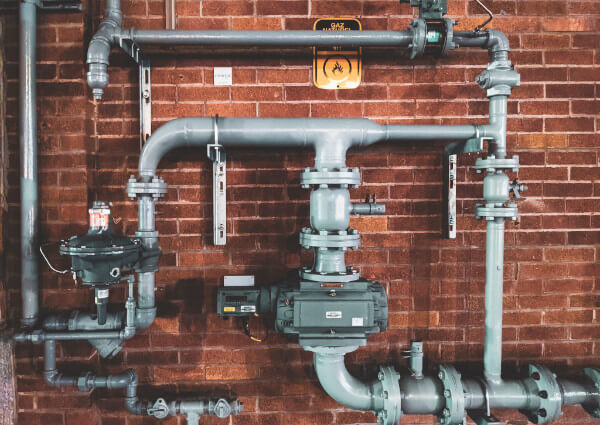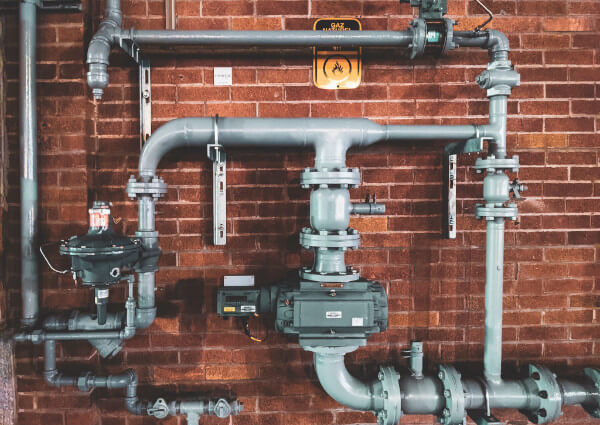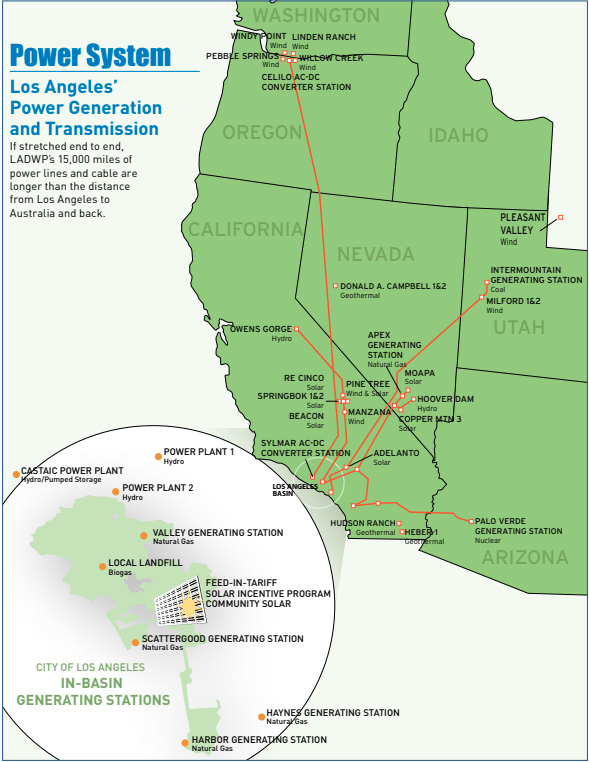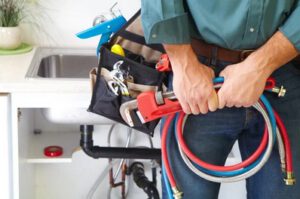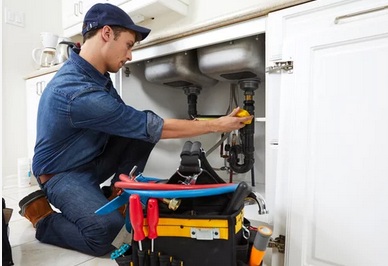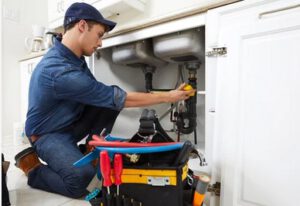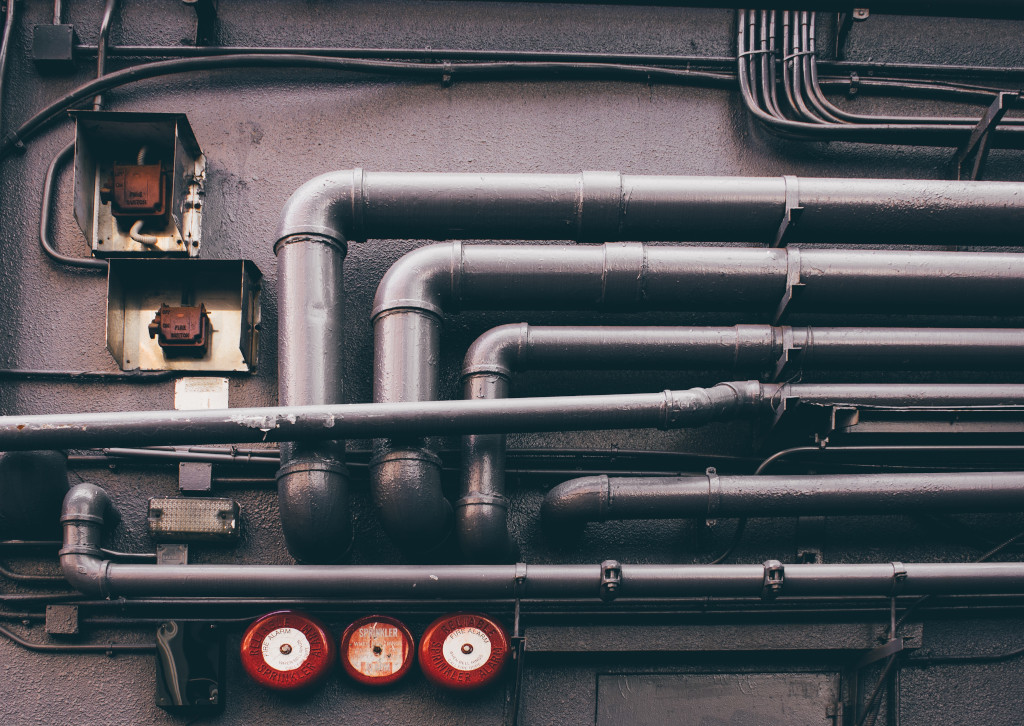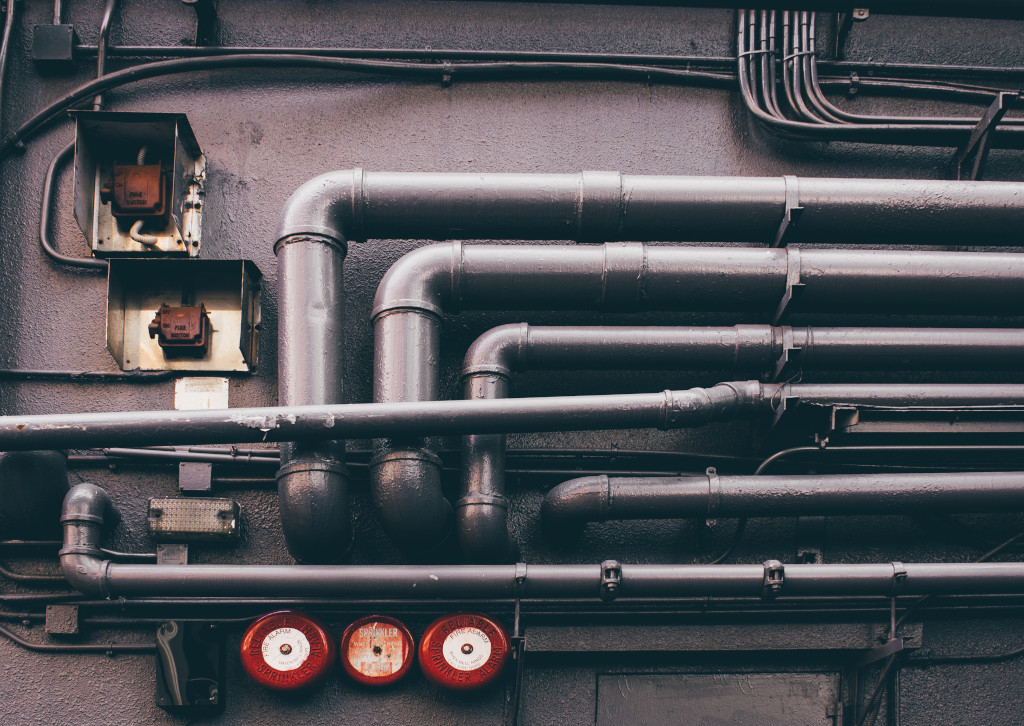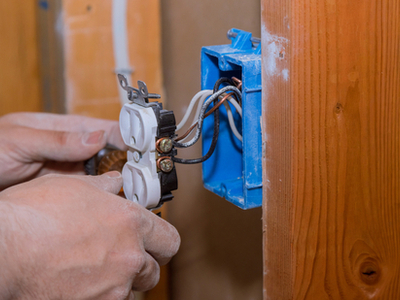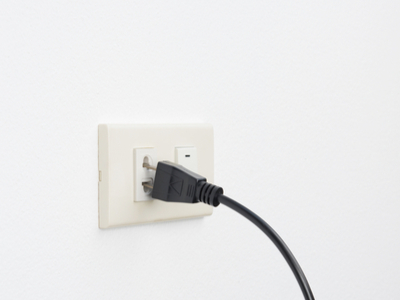Plumbing experts deal with significant plumbing repairs or even new bathroom or kitchen plumbing construction. They deal with everything from clogged drains and toilets, to grease trap and backflow testing, from leak detection to full-on bathroom installation. Plumbing experts do it all from the best plumbing companies.
The plumbing system of your home is subject to extreme temperatures, constant exposure to humidity, chemicals, and bacteria. Hiring professional lPlumbing contractors is essential to get the best quality service. If you do not have a plumbing system, it is recommended that you carry out an on-site inspection before starting any plumbing repairs. Once you have a basic understanding of the condition of your plumbing system, then you can better assess the nature of any plumbing problems that need your attention. Professional plumbers will carry out a thorough inspection of the premises before recommending any repair works.
Inflatable tanks are one of the most common causes of plumbing problems. If your tank gets damaged, it can be challenging to access the pipes under the tank. However, experienced plumbing experts can quickly locate the damaged pipes under your tank. Once you have found the lines, it becomes much easier to fix the plumbing. With the help of your plumbing expert, you can replace the old, damaged, or malfunctioning pipes with ones that are in good condition. A professional plumber can also advise you on the best possible options that will help you maintain the plumbing system in your house for a long time without any significant complications.
Cracks and damages around faucets can be pretty intimidating for the inexperienced user. Expert plumbing repair experts are well equipped with the latest tools and gadgets to fix such issues at a fraction of the cost. Repairing minor plumbing issues can cost you less than repairing a big problem. This is because when you call an expert, he will gather all the relevant tools you will need and give you a detailed quote of the cost of the plumbing work. You can get estimates from various plumbing companies based on the scope of work, type of damage, and other specifications.
It is essential to hire an expert plumbing service provider when you encounter problems with your gas or water heater. Water heaters are costly, and most of the time, people do not replace them when they break down. However, if you want to avoid spending thousands of dollars for the replacement, it is advisable to call a professional before calling your mechanic to solve the problem. Plumbing companies are equipped with the latest tools and gadgets to repair common plumbing issues, and they can even make recommendations on better maintenance of the water heater.
If you have made the mistake of using the wrong type of plumbing pipe in your house, the chances are high that you will face substantial plumbing bills every month. Calling a plumbing expert at the first instance will help you save a lot of money as he will fix the broken pipes at a fraction of the cost of replacing them. There are different types of plumbing systems: burst pipes, faulty pipes, clogged pipes, and much more. Therefore, if you experience problems with your lines at home, it is advisable to contact a plumbing expert immediately and fix the problem.
It is advisable to do a little research work before hiring a plumbing expert. There are plenty of online professionals who have uploaded their services on the internet. Take a little time out to research the websites of these plumbing experts and check out their qualifications, reviews, and other credentials. This will ensure that you are hiring an expert who is qualified to work on your plumbing system.
Another essential aspect to consider when hiring plumbers is the pricing structure. Most people often fall into the trap of paying for unnecessary charges when replacing blocked pipes or producing a new hot water tank. Do not pay extra for emergency services because this may lead to further damage to your plumbing system. If you feel the need to contact a plumbing expert at any point, even if to ask about a particular plumbing problem, do so immediately. This will help prevent the issue from becoming worse.
You can also visit our other websites and post your article.
Open Mind Design VT , RCUD More Electric , Lancaster PA Contractors , LC Day Of Caring , TKO Plumbing Co , Colorado Springs Co Roofer , Tavolo App , Computer Medics OFCE , Computer Medics Of Central Wisconsin , Triad Works , Grease Trap Cleaning Houston , Thick Business Band , Digipos-Solutions , Bromleys-Hillhurst , Maritime Bethel At Savannah , The Weekly , Metal Lurg Aluminium , Benton City EDC , SQ Sourcings, R Tech Perrformance , My Money Life , Protect What Com , Population In Perspective , AST Marketing Group Exit Strategy , Future Of Workni , Elliston FD , Ebook Ebook , Kennesaw Landscapes, Fjord Husreivers Reach Of Jackson , The St Petersburg Home Inspector , Loughborough Innovation , Mid South Cleaners , Meadowbrook Farm, Rash Design , Concrete Style, Diamond Landscapes Colorado , New England State Map , Birmingham Best Tree Service

